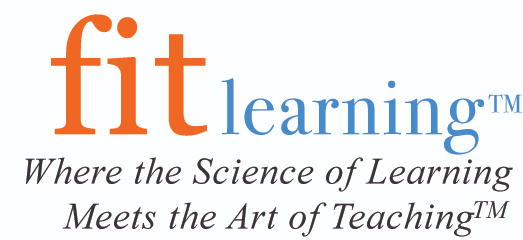The Research
Brooks Newsome, K., Nix Berens, K., Ghezzi, P. M., Aninao, T., & Newsome, W. D. (2014). Training relational language to improve reading comprehension. European Journal of Behavior Analysis, 15 (2), 165-197.
Abstract: The purpose of this study was to assess the impact of strengthening participants’ relational abilities on measures of comprehension. We evaluated the effects of two phases of multiple exemplar training on reading comprehension: hierarchical relational training, and hierarchical framing under the contextual cues of “same” and “different.” Five participants with poor reading comprehension, but strong reading abilities, were trained in four components of hierarchical relational training. This phase was designed to increase the frequency and flexibility with which participants related properties to stimuli, and to assess if training in hierarchical relations improved participants’ ability to derive hierarchical relations between stimuli. The next phase of training required participants to discriminate relevant relations under contextual cues of “same” and “different.” The effects of training were examined on measures of reading comprehension and written expression. All but one participant showed improvements on one or more academic measures, indicating a functional relationship between the language skills acquired and comprehension and written expression. These data have important implications for guiding research endeavors in behavior analysis and for informing practices in education. Limitations and directions for future research are discussed.
Gist, C., Bulla, A.J. A Systematic Review of Frequency Building and Precision Teaching with School-Aged Children. J Behav Educ (2020).
Abstract: This paper presents a systematic review of the literature that assesses the effectiveness of frequency building and precision teaching with school-aged children. The authors evaluated studies in accordance with the What Works Clearinghouse standards and the council for exceptional children standards for evidence-based practices in special education. A total of 11 studies examining the effectiveness of frequency building and precision teaching for 170 participants were included in this review. Additionally, effect sizes were calculated for eligible studies. Small to large effects were found for all included variables. Overall, results indicated that the combination of frequency building and precision teaching is an effective method for increasing a variety of academic skills with school-aged children. Limitations, recommendations for future research, and implications for practitioners are discussed.
Sawyer, M. R., Newsome, K. B., & Newsome, D. (2020). From Private Practice to Public Service: A Preliminary Investigation of the Fit Lite Model With At-Risk Students. Behavior analysis in practice, 14(3), 623-630.
Abstract: Like many Title 1 schools in the United States, the host site for this study in rural South Carolina represents a widespread literacy crisis in our public education system. In this particular school, only 20% of 3rd graders demonstrated proficient reading skills. Although extremely effective precision teaching-based literacy intervention programs have been developed in the private sector, such as the Fit Learning™ model, the extensive time and related costs of training classroom teachers in those methods prohibit struggling schools on tight budgets. As such, the current study sought to develop and test the feasibility of a truncated version of the Fit Learning™ model, dubbed Fit Lite™. Fourteen students identified by the school as “high risk” for literacy struggles were instructed in the Fit Lite™ model in their after-school program. With expert oversight and only 1 week of training, a group of 4 implementers with no prior experience using precision teaching or implementing Fit Lite™ produced promising reading improvements. Over the course of approximately 12 weeks, the 14 students improved by an average of 16 percentile points against the national average on standardized progress-monitoring tools. Details of the Fit Lite™ model, results achieved in this study, and considerations for future replications are described.
Fit Learning Selected Curriculum Vita

